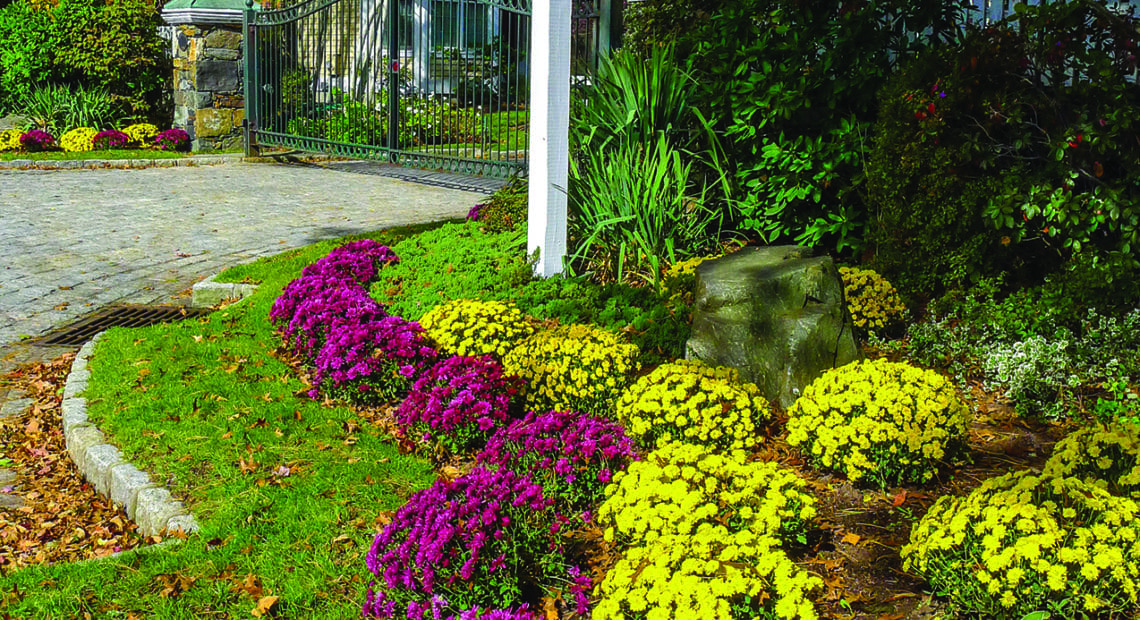Spring and summer are perhaps the busiest times of year for gardeners. However, fall is also a prime time to tend to gardens. The tree and bare root retailer Bower & Branch advises that soil temperatures in many regions of the country may still be warm enough to encourage root growth well into the start of winter. Furthermore, fall is often the ideal time to plant, fertilize and keep a garden going or to get a head start on next year’s bounty. Here are some tips to make the most of the fall gardening season.
• Think about fall annuals and bulb planting. Near the end of September, start planting cool-weather-loving pansies and violas for pops of color as summer flowers fade. Also, it’s a good idea to stock up on bulbs that will bloom in the months to come before they sell out in stores. Wait until the temperatures really cool down before planting them in desired spots for spring sprouts.
• Sow salad seeds. Lettuce, spinach, radishes, and arugula tolerate cooler temperatures. Try new and interesting lettuce varieties and enjoy salads well into the fall season.
• Take inventory of the sun. Positioning a garden carefully means maximizing hours of sunlight, which begin to dwindle in the fall. Experts say gardens grow best in sunny locations that receive six hours of direct sunlight each day. This is where container gardens can be helpful, as they allow gardeners to move plants into spots that will get ample sunlight.
• Fill in landscaping gaps. Some fall plants can add color around the landscape and brighten up homes to add curb appeal. In addition to pansies and violas, asters, kale and chrysanthemums are fall blooms. Keep in mind that mums can come back year after year. So take them out of those flower pots and get them into the ground. They can be enjoyed next year as well, sprouting in early spring and developing leaves and buds through late summer.
• Clean up unwanted growth. Fall is an ideal time to cut back spent vegetable plants and get rid of errant weeds. Rather than bagging leaves, mow them with a grass catcher and then add the mix to a vegetable garden as an excellent soil insulator. The nitrogen and carbon will fertilize the soil, enhancing growing possibilities and limiting weed growth.
• Propagate plants in the fall. As temperatures gradually begin to cool, start taking cuttings from perennials, gathering seed pods from azaleas and rhododendrons and dividing hardwood cuttings, says the resource Gardening Know How. Consult with a garden center or horticulturist on the proper ways to propagate stems using rooting hormone and other techniques.
• Continue to water plants. Water is essential in the fall and winter as roots can still be growing. Gradually reduce watering duration as plants go dormant.
Fall planting and maintenance can extend gardening season and improve the chances of growing a healthy spring garden.








Recent Comments